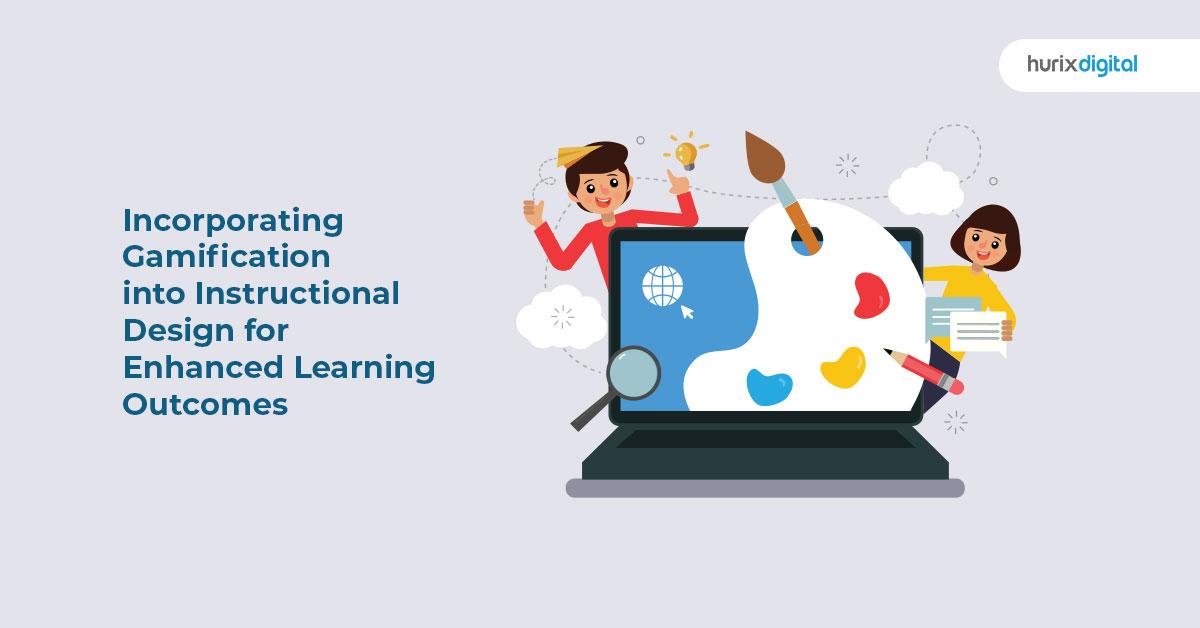Unlocking The Future of Educational Gamification: Trends, Innovations & Impact
Introduction
In today’s digital-first world, educational gamification is rapidly transforming how learners engage, absorb, and retain knowledge. By integrating game mechanics into educational content, educators are unlocking motivation, encouraging healthy competition, and personalizing learning experiences for students of all ages. this article dives deep into the latest trends, innovative approaches, and the measurable impact of educational gamification on both teaching outcomes and learner enthusiasm.
Understanding Educational Gamification
Gamification in education refers to the incorporation of game elements—such as points, badges, leaderboards, and quests—into non-game learning environments. Whether in classrooms, online courses, or corporate training, gamification is driven by the desire to make learning engaging, interactive, and rewarding.
- Encourages active participation
- Promotes goal-oriented progress
- Fosters collaborative and competitive spirit
- Provides instant feedback to learners
Top Trends Shaping the Future of Gamified Learning
As technology and pedagogy continue to evolve,several key trends are emerging in the realm of educational gamification:
1.Adaptive Learning platforms
Powered by AI, adaptive platforms personalize gamified content based on learners’ progress, strengths, and areas for improvement.Thes systems dynamically adjust difficulty and recommend challenges, fostering a growth mindset.
2. Virtual and Augmented Reality
VR and AR in gamified education offer immersive scenarios—from historical reenactments to virtual science labs—making abstract concepts tangible and memorable.
3. Microlearning & Mobile Gamification
Microlearning modules, paired with mobile-friendly gamification apps, deliver bite-sized quests, quizzes, and achievements that fit seamlessly into students’ busy schedules.
4. Social Learning Elements
Gamified platforms now combine social features like peer competition, collaborative missions, and community building, leveraging the power of friendly rivalry and teamwork.
5. Analytics & Personalized Feedback
Advanced analytics allow educators to monitor individual and group progress, adapting the gameplay and providing targeted feedback to optimize learning outcomes.
Innovations Revolutionizing Gamified Education
The growing ecosystem of EdTech startups, established educational platforms, and game developers has spurred unprecedented innovation in gamification. Here are some standout developments:
- Game-based learning platforms: Apps like Kahoot!, Quizizz, and Duolingo bring interactive quizzes, language challenges, and classroom competitions to millions worldwide.
- Story-driven quests: Narrative-driven tasks make subjects like history and science more compelling, engaging students in problem-solving adventures.
- Freemium models: Many platforms offer a base set of features for free, encouraging broad adoption, and unlock advanced content through subscriptions or in-app purchases.
- Customizable badges and achievements: Educators can tailor rewards to local curriculum or individual goals, driving personalized motivation.
- Integration with Learning Management Systems (LMS): Seamlessly blending gamified modules with platforms like Moodle or Canvas streamlines management and reporting.
The Impact of Gamification on Learning Outcomes
The positive impact of educational gamification is supported by both anecdotal evidence and academic research. Here’s how gamification shapes educational results:
Enhanced Motivation and Engagement
Students are more likely to participate actively and persist through challenges when learning is fun and rewarding. Progress bars, leaderboards, and badges tap into intrinsic and extrinsic motivation.
improved Retention and Recall
Repeated interactions, immediate feedback, and spaced gamified practice sessions boost long-term understanding and information retention.
development of Key Skills
- Critical thinking and problem-solving
- Collaboration and interaction
- Digital literacy
- Adaptability and self-directed learning
inclusive and Accessible learning
Gamified approaches offer differentiated pathways, allowing students with diverse abilities and learning styles to progress at their own pace.
Case Studies: Gamification Success Stories
Duolingo: language Mastery Through Daily Streaks
Duolingo’s use of streaks, badges, and XP points has made language learning addictive for over 500 million users. The app’s playful challenges and immediate feedback have proven to increase daily engagement and long-term mastery.
Kahoot!: Classroom Engagement Amplified
teachers worldwide use Kahoot! to gamify quizzes, fostering friendly competition. Research shows that Kahoot! quizzes improve classroom attention spans and promote retention of subject material.
classcraft: Building Teamwork Skills
By integrating RPG-style quests and team-based challenges, Classcraft helps students develop collaborative skills while tackling curriculum learning objectives.
practical Tips for Implementing Educational Gamification
- Align game mechanics with learning goals: Don’t use points and badges just for fun—ensure they reinforce skills and knowledge relevant to your curriculum.
- Start simple: Introduce one or two gamified elements before scaling up to a full system,gauging student response.
- Encourage collaboration: Use team-based challenges to build communication and social skills.
- Solicit feedback: Ask students what motivates them and adjust game elements for maximum engagement.
- Monitor analytics: Harness data to refine gamified activities and identify areas where students need extra support.
- Keep it inclusive: Offer multiple ways to earn recognition so all students feel success is attainable.
first-Hand Experience: Voices from the Classroom
“Gamification changed how my students approach math. Shy learners now eagerly participate in daily quests, and overall test scores have improved by 20%.”
— Mrs. Thompson, 4th Grade Teacher
“We use gamified spelling drills—kids cheer each other on and challenge themselves. The class is more cooperative then ever!”
— Mr.Stein, Middle School English
Conclusion
The future of educational gamification is incredibly promising, blending cutting-edge technology with proven pedagogical strategies to ignite curiosity and achievement in learners everywhere. As innovations like adaptive AI, immersive VR, and personalized badges become mainstream, gamification will continue to empower educators, engage students, and transform the educational landscape.
Whether you’re an educator, parent, student, or EdTech professional, embracing gamified learning could unlock remarkable growth, skills, and enthusiasm for lifelong learning. stay tuned—and get ready to play your way to educational success!

